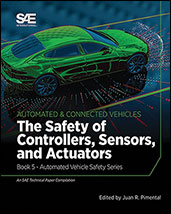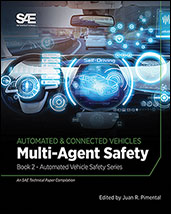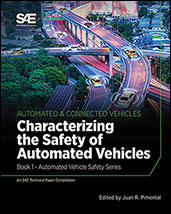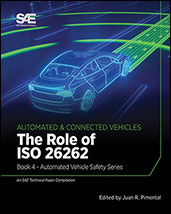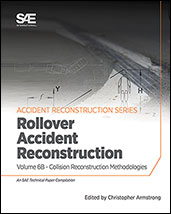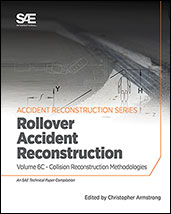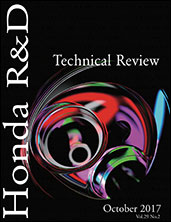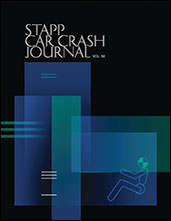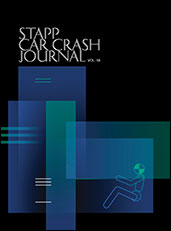Book

Is an Electric Car Right for You?
2022-08-01
The automotive industry is manufacturing more electric vehicles than ever before. It’s not uncommon to see an electric vehicle pull up next to you at a stop light or to pass a charging station beside the road. But what exactly is an electric vehicle? Will it really save you money? Are they hard to maintain? This quick reference guide takes the mystery out of the electric vehicles. We will walk you through the process of deciding if an electric vehicle is right for you. You’ll discover the benefits of electric vehicles, what to know before you buy, and what to do after you bring it home. In addition, a special section is dedicated to addressing common misconceptions such as whether or not EVs have enough range to be a viable option for your transportation needs. Isn’t it time you discover if an electric vehicle is the right choice for you?




